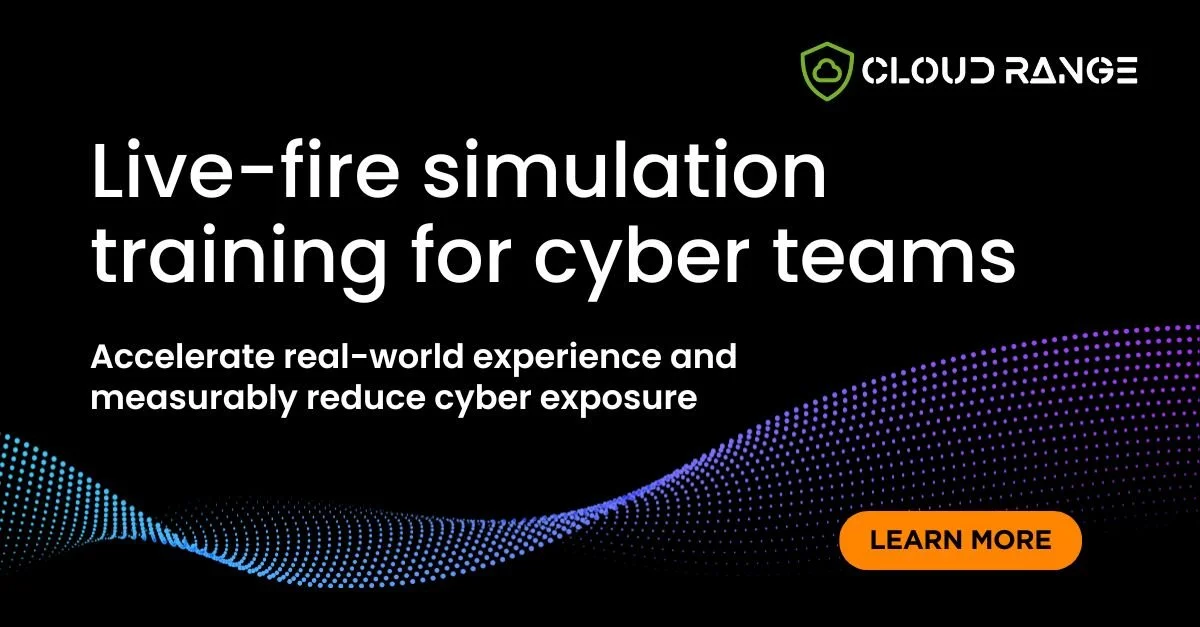What Simulation Teaches That Awareness Never Will
What Simulation Teaches That Awareness Never Will
Most cybersecurity teams aren’t underinformed. They know the threat landscape, and they’ve studied the kill chain. But when an actual attack unfolds: when tools misbehave, communications break down, and the right move isn’t obvious, teams often revert to hesitation, second-guessing, and fragmented action. Awareness doesn’t prevent this, and it can even conceal these issues.
Sometimes, awareness gets treated as a measure of preparedness. But in cybersecurity, that assumption falls apart the moment pressure enters the equation. Here’s why the real test of readiness is how security teams function under live-fire in simulated, realistic cyber attacks.
Awareness Is Passive, Even for Security Pros
Let’s be clear: cybersecurity awareness has value. It’s the first rung on the maturity ladder, and it’s a baseline that gives people the vocabulary to talk about threats, the policies to follow when something seems off, and the basic behavioral cues to avoid obvious missteps.
In an enterprise setting, awareness programs cover everything from videos about phishing and compliance to periodic modular training on password hygiene, multi-factor authentication, and device security.
For security teams themselves, “awareness” tends to mean these basics plus more advanced things like staying current on new threat vectors, attending vendor webinars, and understanding the evolving threat landscape. In that context, awareness is about knowledge refresh and acquisition.
But even when your teams understand the MITRE ATT&CK matrix and the mechanics of lateral movement by specific actors, they're still not prepared for how those things feel when they happen live. This is because awareness is static, passive consumption. Read this report, attend this briefing, watch this demo, file the information away. Awareness doesn’t force a decision, it doesn’t demand coordination, and it doesn’t simulate pressure.
Ask any incident responder what the first 10 minutes of a major incident feels like. They’ll probably mention the sheer volume of alerts, conflicting info, slippery timelines, tools misbehaving, and people hesitating. It’s not enough to know what the policy says. Teams have to act while the ground is shifting beneath them.
If your team’s only practice has been tabletop exercises or knowledge-sharing sessions, that’s not enough. You can’t build high-pressure reflexes in a low-pressure environment.
Awareness also hides a structural problem in that it treats knowledge as an individual property, but incidents are resolved collectively. You may have brilliant analysts on staff, but if they’ve never operated as a team under live conditions, if they’ve never hit an unexpected dead end and needed to pivot on the fly together, their awareness won’t help them move fast enough.
Simulation Teaches What Pressure Feels Like
Knowing the steps to take during a cyber incident is one thing. Taking them when the clock is ticking, logs are exploding with noise, and stakeholders are demanding answers is something entirely different.
Real cyber attacks are messy. Simulated cyber attacks give teams the opportunity to experience this messiness and confusion and work through it. Simulations force decision-making in ambiguity, while exposing hesitation loops, blurred roles, and hidden assumptions about who does what and when.
Authority lines become fuzzy when the stakes rise. Who owns the escalation path when the SOC lead is off shift? When does legal get involved? Who notifies the comms team (and with what level of detail)? These questions are rarely resolved through awareness training, because they don’t exist until the pressure hits.
From a cognitive standpoint, simulation also forces the brain to switch modes. During routine operations or training sessions, teams operate in what psychologists call System 2 thinking, which is slow, deliberate, and logical. But in high-stress situations, the brain defaults to System 1: fast, instinctive, prone to bias and error. The only way to influence performance in System 1 is to train under its conditions, which builds muscle memory under stress so the right instincts take over.
A well-designed simulation helps team members rehearse their roles in practice, rather than just in policy. It allows them to:
Follow threads of suspicious activity to their logical conclusion.
Communicate clearly in a high-noise environment.
Navigate their own tools like SIEMs, ticketing systems, threat intel platforms, without friction or delay.
Escalate when appropriate, without overreacting or hesitating.
These are psychological and behavioral wins. With every completed scenario, teams build trust in their tools, in their processes, and, most critically, in each other.
Most awareness programs are built to reduce surface-level risk. Simulation is built to reveal systemic vulnerability in tools, in teams, and in decision-making processes. Today’s attacks are too fast, too complex, and too coordinated to rely on knowledge alone.
Simulation allows organizations to:
Test detection and response across multi-stage attack chains.
Stress-test cross-functional coordination between SOC, IR, legal, and comms.
Uncover friction in tools and handoffs that awareness training never reveals.
Build intuition for how real attacks behave, not how they’re supposed to behave.
This is especially critical for modern environments with hybrid infrastructure, decentralized teams, and increasingly complex tech stacks. You can’t rely on static playbooks for dynamic threats.
If your organization’s security strategy ends at awareness, you’re gambling that your team will perform under pressure despite never having practiced. Awareness might teach a team the components of an attack. But it won’t prepare them for what it feels like when those components collide.
Cloud Range delivers immersive, comprehensive, live-fire simulation training as a service; no hardware required. With fully integrated toolsets replicating the actual environments your teams work in, custom cyber ranges, and thousands of real-world attack scenarios, Cloud Range helps organizations move from awareness to true readiness.
Get your demo here.


